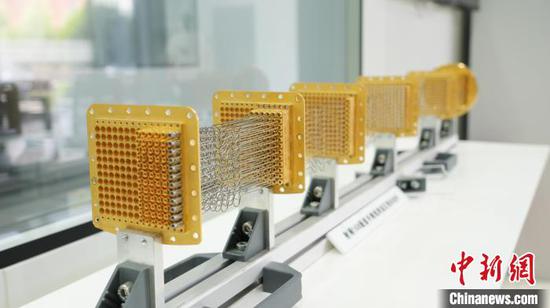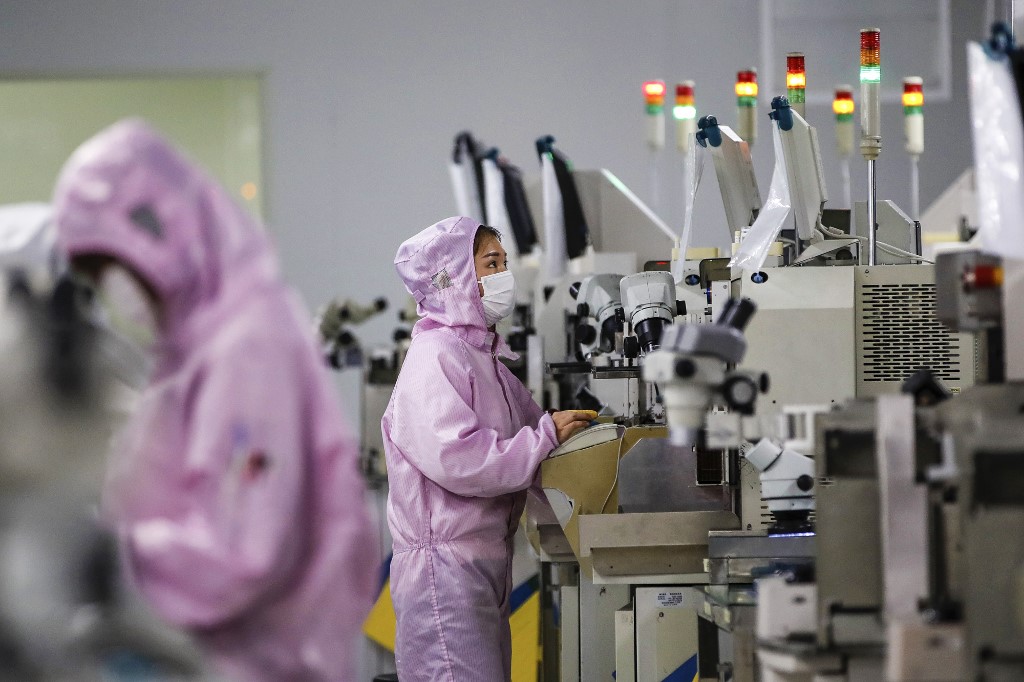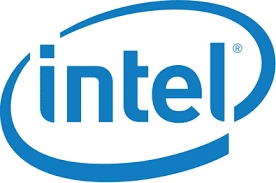
 Intelligence
Intelligence
China Can Now Domestically Produce Critical Quantum Computer Component
 Insider Brief
Insider Brief
- China has successfully started domestic production of a high-density microwave connectivity module that is essential for transmitting data between the quantum chips in a quantum computer.
- Chinese media report that critical parts of device were previously supplied by foreign, mainly Japanese manufacturers.
- The module operates under extreme conditions, functioning at temperatures close to absolute zero (-273.12 C or lower).
- Image: ECNS
China has successfully started domestic production of a crucial component for its self-developed quantum computer, “Origin Wukong,” according
to ECNS.CN, a leading online news service in China.
This development marks a critical step in the complete domestic production of quantum devices — particularly superconducting quantum computers — and avoiding dependence on foreign manufacturers. As tariffs and export restrictions loom larger for the country, China must lean more heavily on its own supply chain to build on the nation’s considerable quantum ambitions.
The component — a high-density microwave connectivity module — is essential for transmitting data between the quantum chips inside the computer and external receiving devices. This module operates under extreme conditions, functioning at temperatures close to absolute zero (-273.12 C or lower), which is critical for maintaining the quantum states necessary for computation.
In this case, the news service reports the dependency on foreign technology, particularly on Japanese suppliers, had been a significant bottleneck for China’s quantum computing development. The service added that securing a vital wire for the module led to high costs and restricted availability.

The advance in domestic production not only alleviates these concerns but also enhances the performance of the “Origin Wukong” according to ECNS.CN.
Origin Quantum, the developer behind “Origin Wukong” and a pioneer in China’s quantum industry, announced through its official social media channels that the new domestically-made module provides a stable microwave signal transmission channel to over 100 quantum chips even at these extreme temperatures. This capability is said to significantly boost the computing power and efficiency of the quantum chips.
“Origin Wukong” is the third-generation superconducting quantum computer launched by China. and, since its launch in January of this year, claimed multiple firsts for China, according to the news service. Those first include the nation’s first quantum chip production line, its first quantum computer operating system and its first quantum computing measurement and control system. These developments collectively facilitate automated batch testing of quantum chips—a significant sign of China’s growing progress in quantum computer development.
According to Origin Quantum, now that Origin Wukong is equipped with the new microwave connectivity module, the device has already completed over 183,000 quantum computing requests. These requests have been drawn from approximately 120 countries through the company’s quantum cloud service.
The news is in line with China’s broader strategy to establish a fully independent and self-reliant industry chain for superconducting quantum computing. For example, earlier in 2024, ECNS announced that China has begun the mass production of the “EZ-Q Fridge,” a dilution refrigerator essential for superconducting quantum computer chips.
China is now one of the few countries globally that can boast of an indigenous capability to produce quantum computers, ECNS reports.
Industry observers have noted that the development of an independent quantum computing industry represents a strategic move for China. In context with recent news, that drive toward domestic production may be a strategy formed by necessity, rather than convenience.
Just recently, the U.S. Department of Commerce announced
stringent export controls on QuantumCTek Co., Ltd., a leader in China’s quantum ecosystem. That move was among other restrictions aimed at China’s quantum technology sector, along with other emerging technologies, particularly dual-use techs that have defense and national security implications. As part of the controls, QuantumCTek will require a license for any exports, reexports, or in-country transfers of items subject to the Export Administration Regulations (EAR).
ECNS.cn (the English China News Service) is a state-owned news service. It is the English-language website of the China News Service (CNS), which is the second largest state-owned news agency in China, after Xinhua News Agency.














